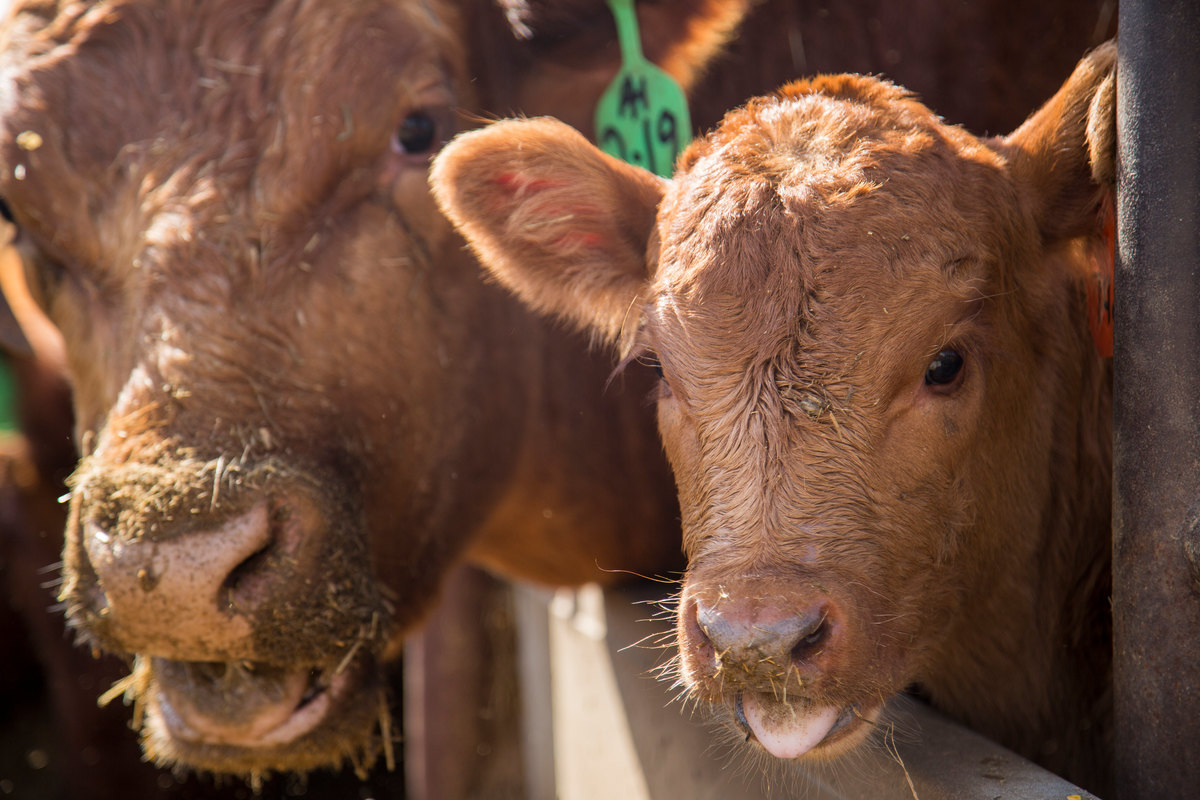
Name: Muhammad Tegar K.K.
Young Expert Livestock Seed Supervisor
Livestock are warm-blooded animals that require appropriate environmental temperatures for normal metabolic processes. The need for environmental temperature suitability is known as the Termoneutral Zone temperature. The Termoneutral Zone is the range of body temperature influenced by the environment, achieved solely through heat loss without changes in metabolic heat production (Kingma et al., 2014). The range of the Termoneutral Zone varies depending on livestock species, physiological status, humidity, air velocity, and solar radiation (NRC, 1981). When the environmental temperature changes significantly beyond the Termoneutral Zone, it will have a negative impact on the animals. Extreme cold or heat environmental temperatures will result in stress on the animals, known as heat stress. Heat stress is caused by an imbalance between the amount of energy emitted by the animals to the environment and the amount of energy produced by the animal's body. This imbalance is the result of changes in environmental factors (sunlight, solar radiation, environmental temperature), animal profiles (metabolic rate and fluid loss), and thermoregulatory mechanisms (convection, radiation, conduction) (St. Pierre et al., 2003). Certainly, heat stress leads to abnormal body metabolism processes in animals, resulting in decreased livestock productivity. In general, heat stress, whether due to cold or hot temperature stress, will lead to:
- Decreased Livestock Productivity
Decreased productivity due to heat stress occurs in almost all types of livestock, including dairy cattle, beef cattle, poultry, and others. In cases of heat stress due to high temperatures, decreased livestock productivity begins with reduced dry matter intake. Insufficient dry matter consumption by the animals leads to a lack of nutrients for body metabolism, resulting in decreased livestock productivity. This is common in dairy cows and occasionally in poultry and beef cattle (St. Pierre et al., 2003). In cases of cold temperature stress, dry matter intake is usually increased, but most of the consumed dry matter is used to generate body heat energy, reducing energy available for productivity.
- Infertility or Reproductive Abnormalities
Cases of infertility or reproductive abnormalities usually occur in animals due to heat stress from high temperatures. Heat stress affects various reproductive aspects, including sexual behavior, and disrupts the hormonal system of the reproductive cycle. Heat stress reduces estrus expression in animals, follicular development in the ovaries, growth and function of dominant follicles, oocyte capability, and embryo development. As a result, there is a decline in reproductive quality in both male and female animals (St. Pierre et al., 2003).
- Mortality
Extreme and prolonged heat stress will lead to animal mortality, resulting from continuous negative energy balance that leads to a lack of energy for metabolic processes (Evans et al., 2000).
REFERENCES
Boris RM Kingma, Arjan JH Frijns, Lisje Schellen, and Wouter D van Marken Lichtenbelt. 2014. Beyond the classic thermoneutral zone: Including thermal comfort. Multidisciplinary Biomedical Journal, 1(2), 142–149.
Evans, R. D., R. K. Edson, K. L. Watkins, J. L. Robertson, J. B. Meldrum, and M. N. Novilla. 2000. Turkey knockdown in successive flocks. Avian Dis. 44:730–736.
National Research Council. 1981. Effect of environment on nutrient requirements of domestic animals. Natl. Acad. Sci., Washington, DC.
- R. St-Pierre, B. Cobanov, and G. Schnitkey. 2003. Economic Losses from Heat Stress by US Livestock Industries. J. Dairy Sci. 86:(E. Suppl.):E52–E77



